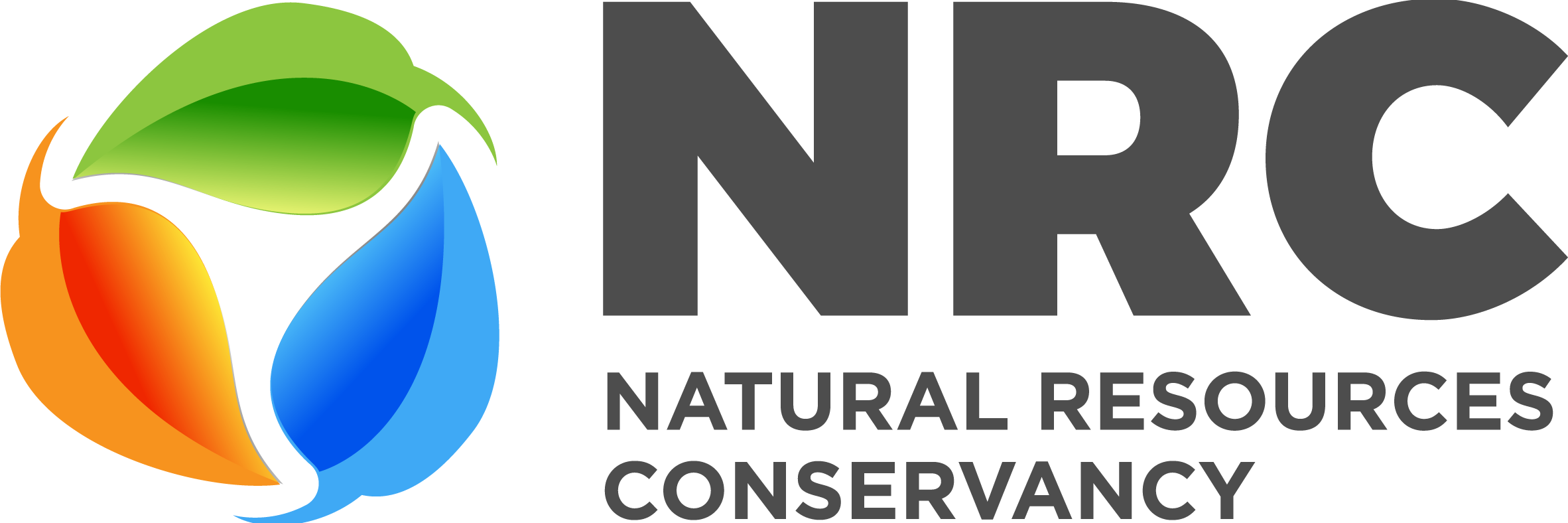Resources
The movement to permanently designate land and water throughout the United States and its territories as protected is key to the preservation of our natural resources. As we learn more about the importance of conservation, the information available to learn more is plentiful. Here, we want to share some of our resource materials:
Permaculture is defined as the development of agricultural ecosystems intended to be sustainable and self-sufficient. Indigenous cultures used permaculture to help all crops grow better, more nutritious food. Going forward, permaculture will be a larger focus of land and water conservation efforts around the country.
Thompson-MF-Professional-Paper.pdf (nau.edu)
Permaculture and the Conservation Movement – Permaculture Visions
Water Conservation With Permaculture – World Permaculture Association
Carbon Sequestration is the process of capturing and storing atmospheric carbon dioxide and is one method of reducing the amount of carbon dioxide in the atmosphere with the goal of reducing global climate change.
What is carbon sequestration? | U.S. Geological Survey
Carbon Sequestration Overview | ScienceDirect Topics
Carbon Sequestration | UC Davis
The objective of Wetland Mitigation is to emulate a natural, self-regulating system integrated ecologically with the landscape in which it occurs.
Wetlands Restoration Definitions and Distinctions | US EPA
Wetland Mitigation Fact Sheet | USDA
Wetland mitigation Definition | Law Insider
None of the work NATRECON does happens without the help of other conservation groups and dedicated professionals:
Form 8283 is a tax form distributed by the Internal Revenue Service (IRS) for Noncash Charitable Contributions used by filers who wish to deduct noncash contributions made to a qualifying charitable organization. Click to View Form
